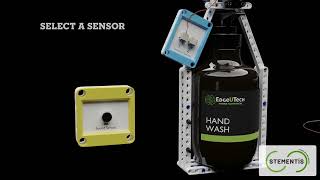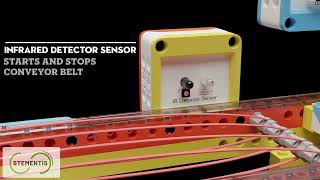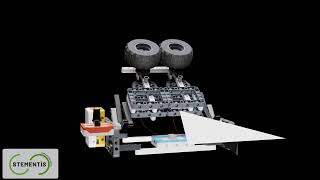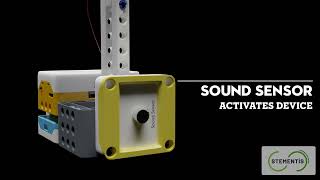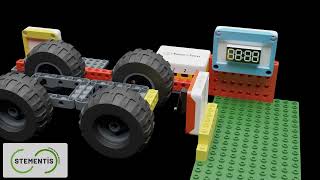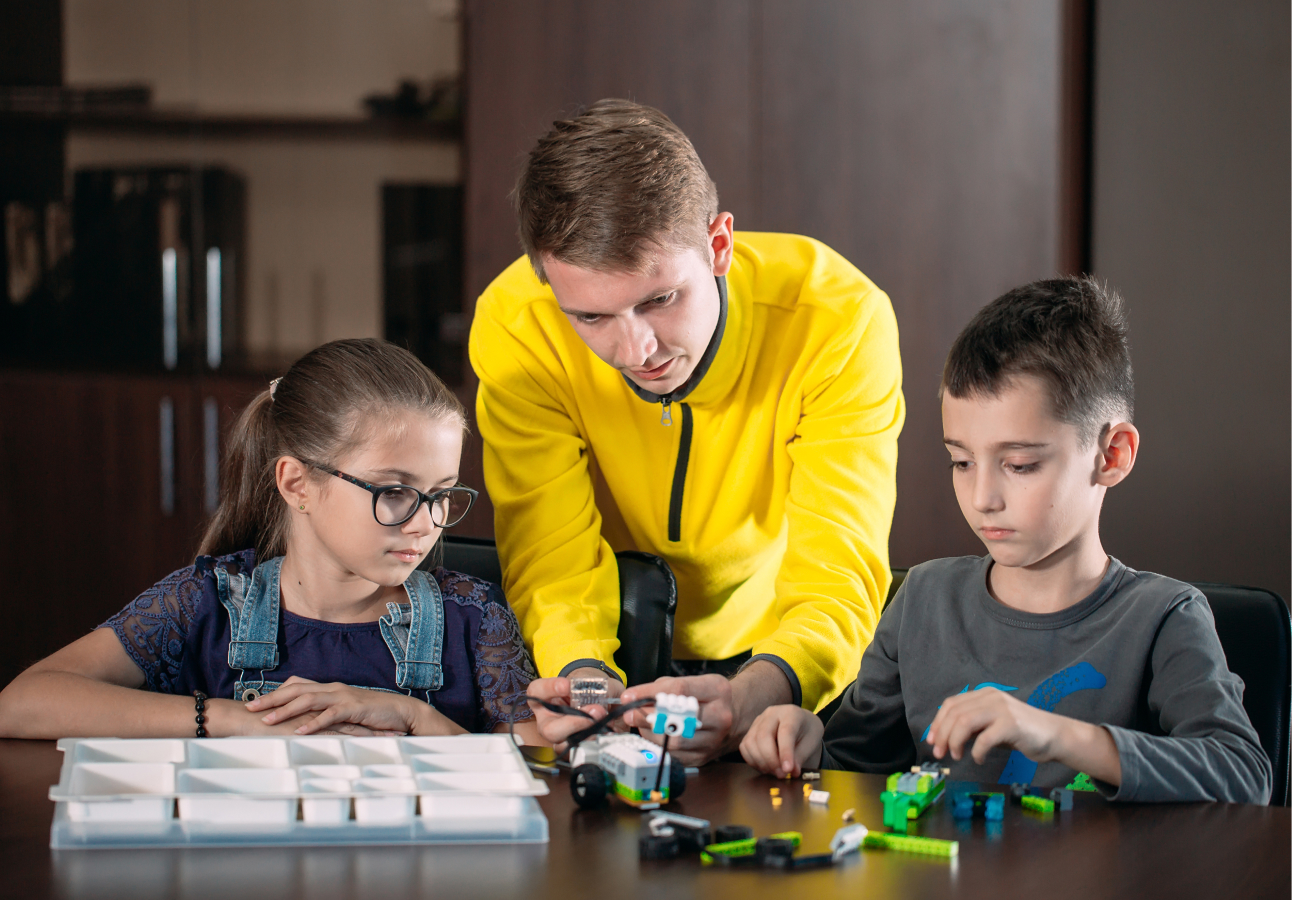Integrate Technology into Life
Incorporating Engineering and Robotics education into the school curriculum provides numerous benefits for both students and schools. Education based on real world application fosters students interest in STEM subjects and increase engagement and retention. It also provides more holistic approach as education becomes more practice oriented than just being theory oriented. This can help schools to improve the overall quality of their education offerings.
Engineering and Robotics can help children understand the practical applications of Science, Maths and Technology, which can help to make these subjects more interesting. This kit is suitable for Grade 3 – Grade 9 students.
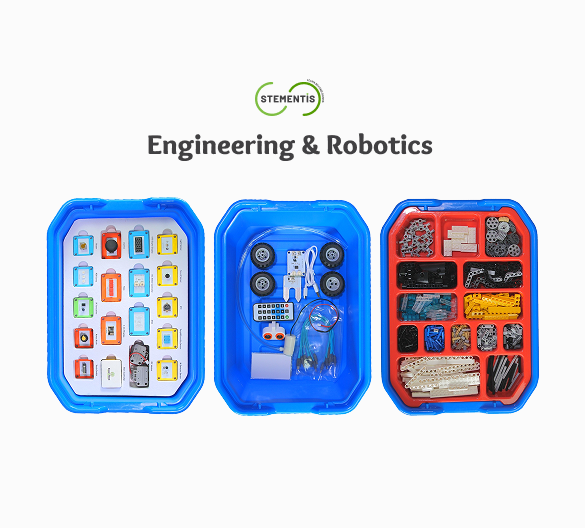
Why This Product?
The Inventor’s Kit features over 20 electronic components, including motors, sensors, switches, displays, lights, and buzzers, all directed to help students build and design real-world devices and machines. Starting a learning journey from tutorials of individual simple parts and growing into comprehensive projects.
By assembling these components, children gain hands-on experience that deepens their understanding of how the world works and how technology is applied in everyday life. This kit provides a comprehensive set of resources and step-by-step guidance. With these tools, learning engineering and robotics becomes a fun, engaging journey that sparks curiosity and fosters a lifelong interest in innovation.
Why Engineering and Robotics?

Engaging Curriculum
100+ lesson plans designed for teachers and training centres related to STEM and Robotics learnings

Learning Management Software
Provision of LMS for teachers to help them understand the concepts better

Detailed Lesson Plans
Each lesson plan provides step-by-step guide, lesson activity, and sample code

Real World Applications
Projects are designed on solving real-life problems, giving an understanding of current technology and its uses

Scratch Based Programming
Simple drag-and-drop coding for students to design projects, games, and animations based on real-world applications

Project Based Learning
PBL is a student centered pedagogy to acquire a deeper understanding and knowledge of real-world challenges and problems.

Lego® Compatible
All the components provided in the kit is Lego® compatible
Our Courses
Engineering and Robotics are broken down into sections that allow students to understand core parts and concepts of the whole.
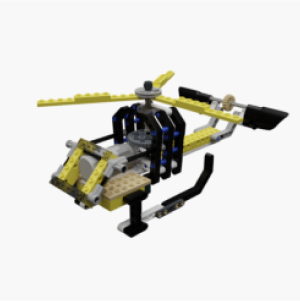
Mechanical Engineering
Introducing children to the exciting world of machines and technology by teaching mechanical engineering through hands on projects, interactive activities and encourage in depth understanding.
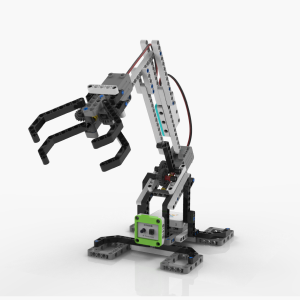
Mechatronics Engineering
This interdisciplinary field combines mechanical, electrical and computer engineering, developing a passion for technology and innovation at a young age and exposing children to an array to potential careers.
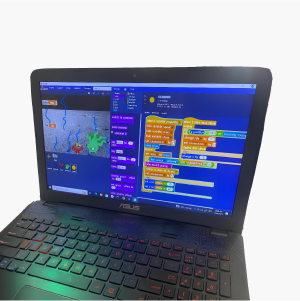
Game & Animation Design
Designing and developing games help children develop a strong foundation in digital media, computer programming and project management skills, which are valuable in today’s tech focussed world.
Game Development – Have fun with Coding
ScratchPi software makes coding easy and fun.
Students go beyond just controlling electronics modules but also develop games and animation.
Students learn to think creatively and systematically while developing their coding skills.
Foundational coding concepts are applied to visual changes to create vibrant animations.
Coding understanding is extended in an enjoyable way by creating interactive games.
Hardware Module Lessons
The kit contains 20+ hardware components and each hardware has real-world applications. The lesson explains the functionality of the hardware and its use in various devices used in real life.
Some of the Hardware are:
Input
- Joystick
- RFID reader
- IR detector
- Light & sound sensor
- 2.4G wireless
Output
- DC motors
- Water pump
- Buzzer
- RGB lamp
- LED digital display
Stementis Softwares
Explore our ScratchPi coding and learning resources software below, designed to provide students with an engaging and interactive way to develop coding skills and explore STEM concepts.
Scratch Pi Software
ScratchPi software makes coding easy and fun. Students can not only control electronics modules but also develop games and animations. Students learn to think creatively and systematically while developing their coding skills.
Stementis 3D Software
The Stementis resources comes with complete lesson plans as well as step by step instruction in order to design various projects. This software is ideal for educators/teachers and students to implement Engineering Courses.

Develop problem solving skills

Learn engineering, coding, robotics, and game development

Understand real world projects and applications
Product Images
2.4g Wireless
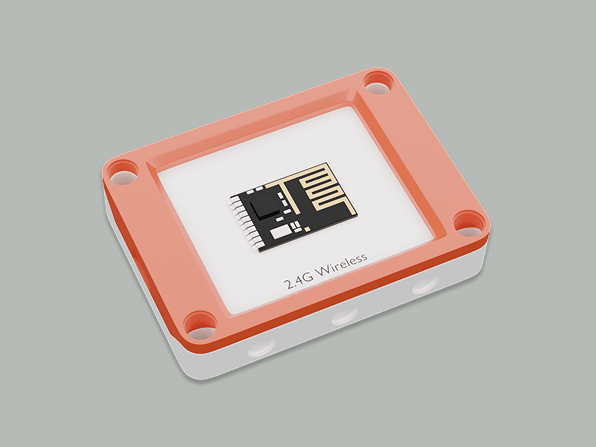
buzzer
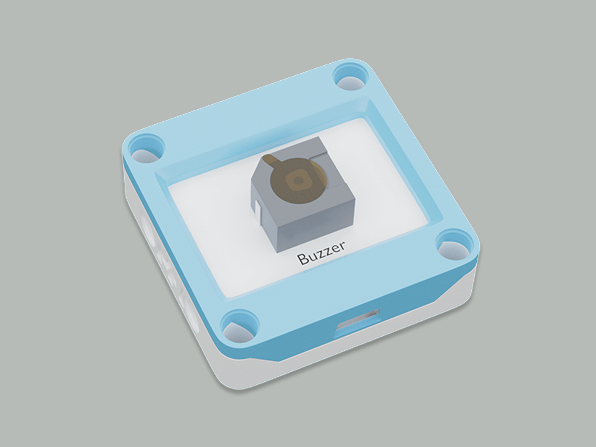
DC motor Controller
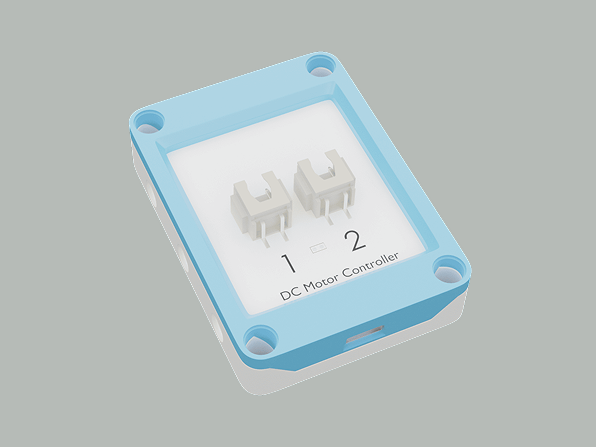
IR Detector Sensor
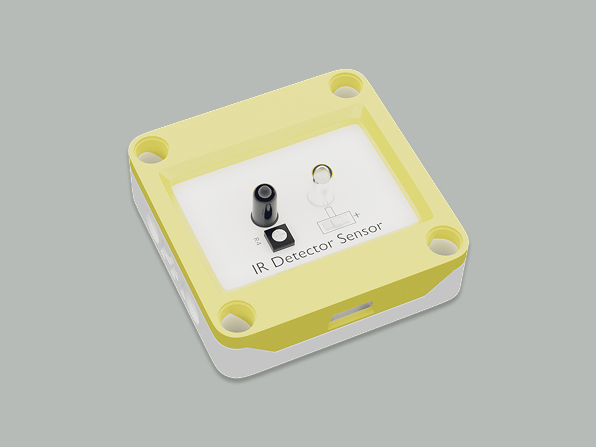
IR transceiver and remote
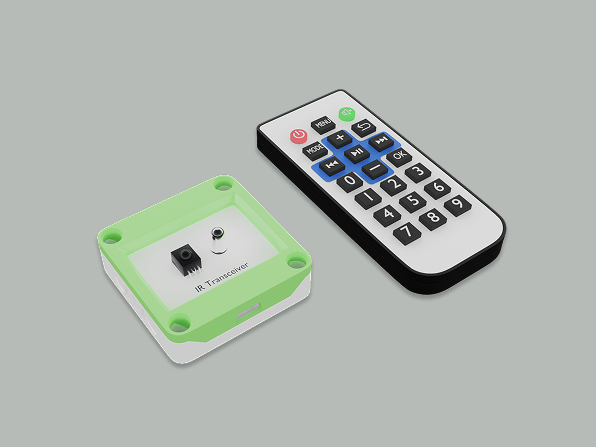
Joystick

Keys

LED Digital Display
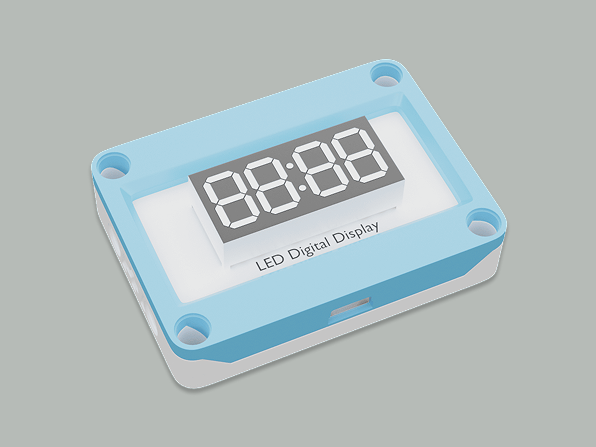
Light Sensor
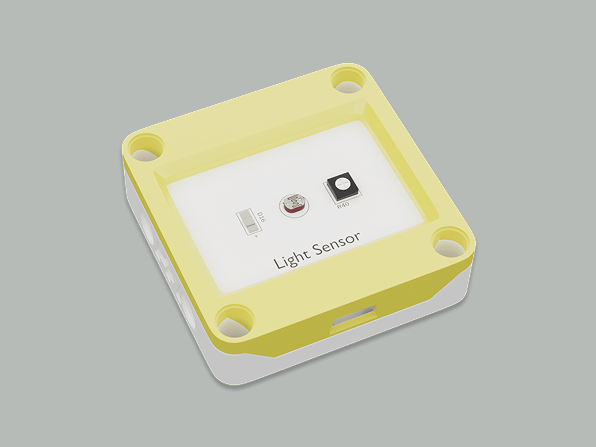
Main controller hub
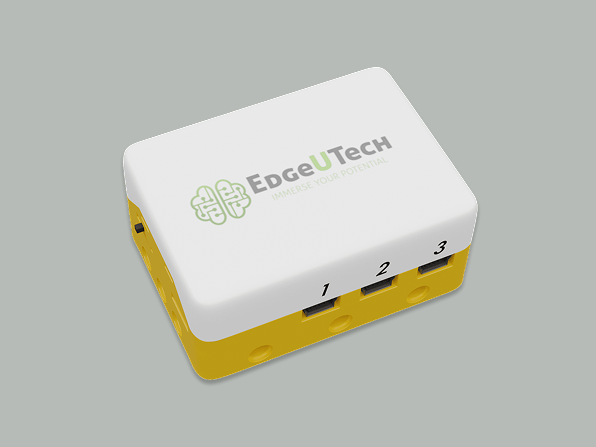
DC motor controller and motor
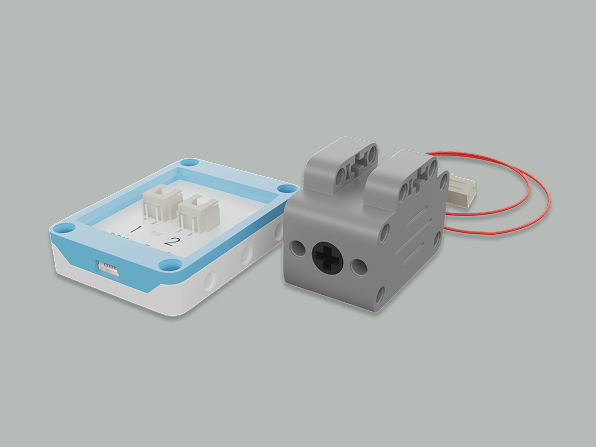
motor drive and water Pump
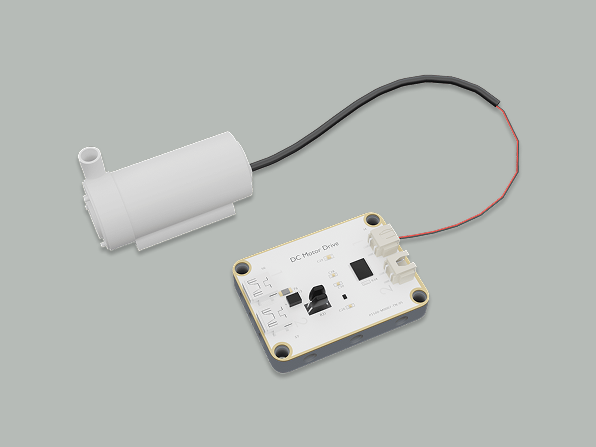
motor drive
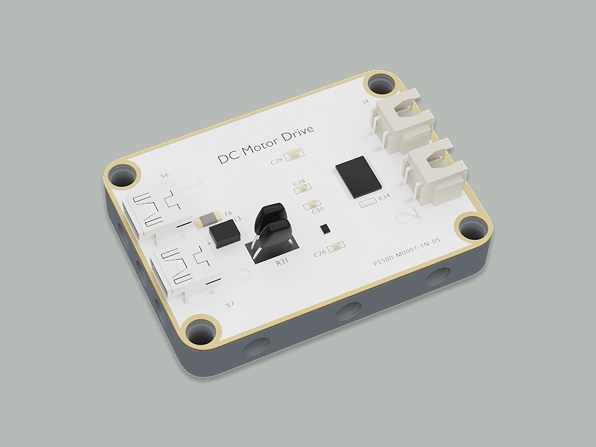
motor
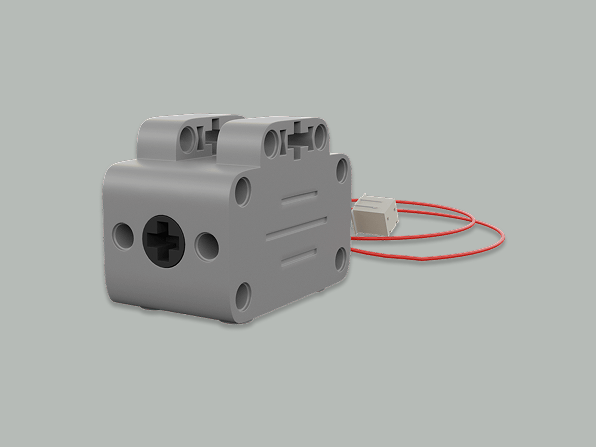
RFID
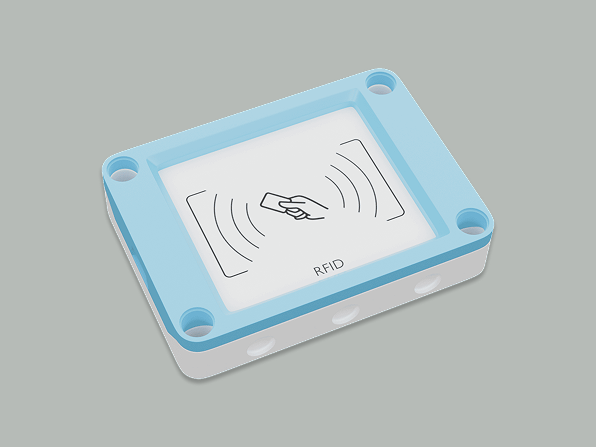
RGB lamp
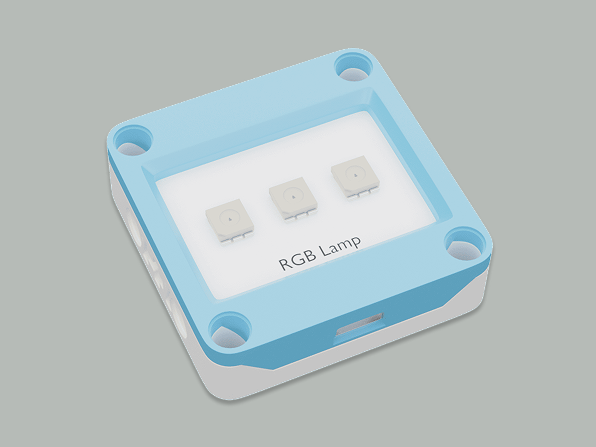
Rotary knob
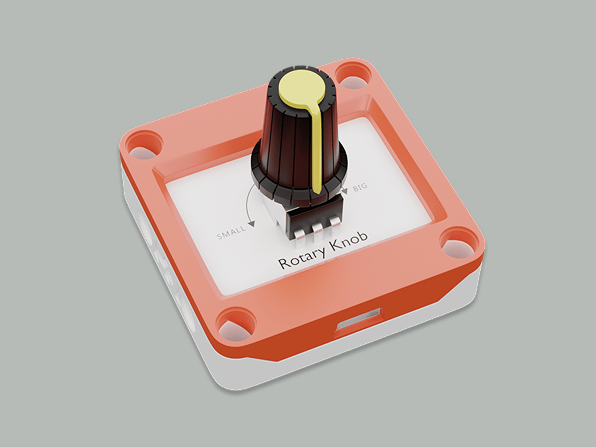
RTC
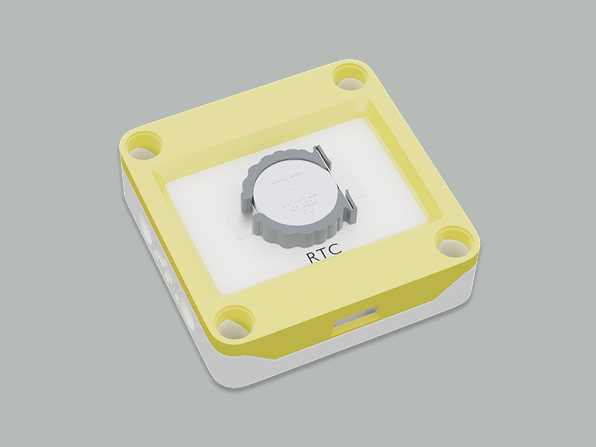
Soil Moisture Sensor
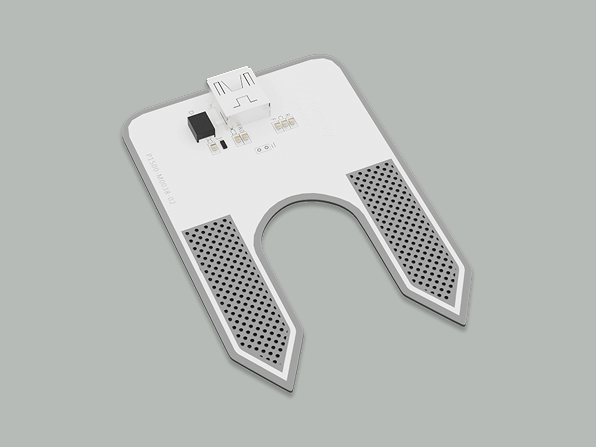
Sound Sensor
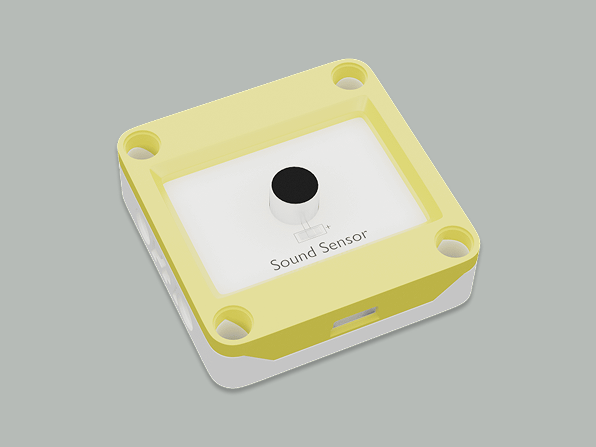
Temp and Humidity sensor

Touch Switch
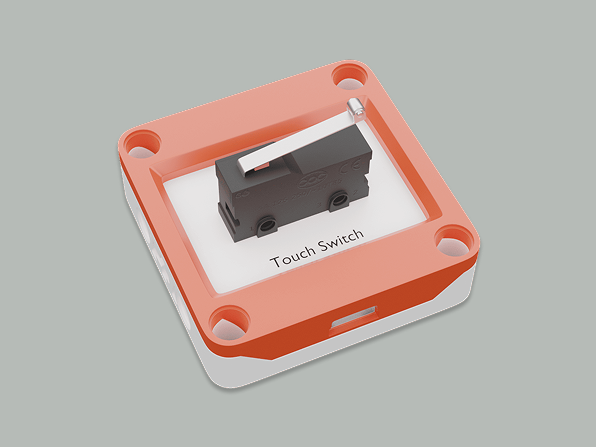
Ultrasonic Sensor
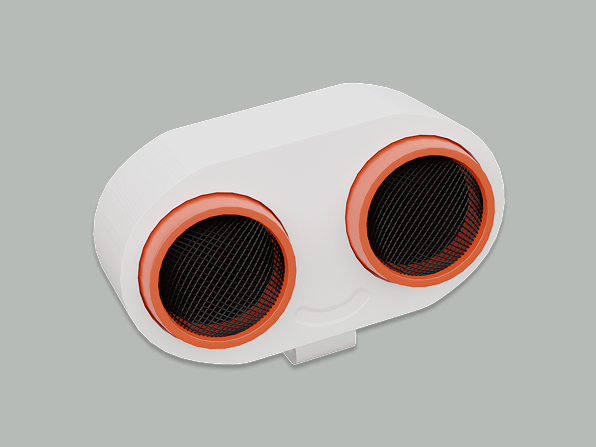
water pump

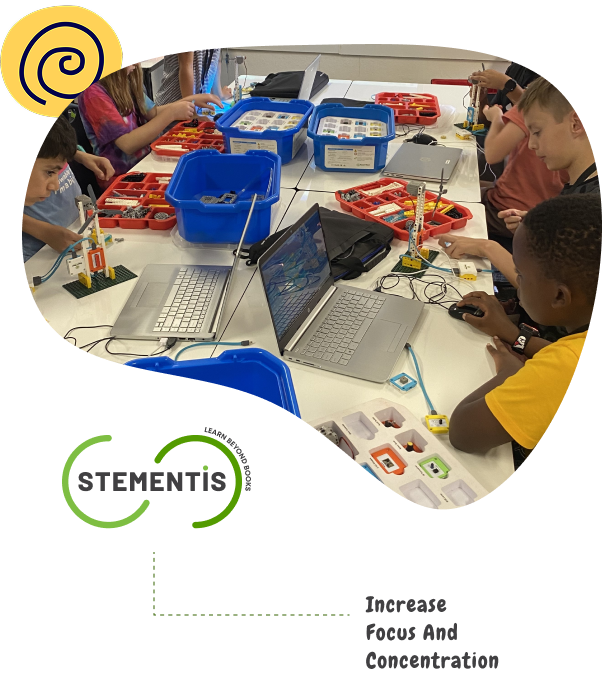
Why Choose Us?
Hands-on learning about how machines and devices are built and coded, help kids understand how the world works and prepares them for future problems which they will face and solve. Not everyone will be an engineer but critical thinking, problem solving and being adaptable are all things learnt through use of the engineering and robotics kit.
Real world applications
Knowing how the things we learn are applied and used in the world is more motivating to continue with our learning and helps us remember what we have done.
Diverse project scope
From planes, to cars, homes to farms, alarms, conveyor belts and traffic lights, there are so many projects that are included that all prototype something in the world.
Engaging lessons
Allowing children to enjoy their learning and keep their attention focussed on a task is beneficial to their learning. These kits increase engagement with children giving them the best chance of retaining what they are learning and build curiosity in learning more.
Free and structured learning
Once kids learn the basic of how the electronics components, code and construction bricks work they can explore in their own creation and design or follow the project and learning material we provide giving them freedom to learn as they need and desire.
Some of live Words

Get in Touch
-
Phone number+61 423 800 703
-
Email usinfo@stementis.com
-
AddressLevel 2, 11 York Street, Sydney, NSW 2000.
“Empower Your Experience, Virtually”

Blog
Explore insights, stories, and innovations in STEM education, from real-world applications to engaging classroom experiences.
The Missing ‘E’ of STEM
Why Learning Engineering Concepts is Essential in Primary and High School?
What is a STEM Simulator?
FAQ’s
The engineering and robotics kit is designed for ages 8 through 18, even adults can appropriately learn from this comprehensive learning tool.
You will need basic computer skills, reading literacy, and an understanding of how to navigate and use programs. Our learning materials will guide you on how to use the software and electronic components included in the kit.
The instructions are included in a software that displays each step of the prototypes in a 3D environment, which you can follow along to construct the complete models.
This kit includes a micro controller, construction bricks, electronic sensors, motors, water pump, buzzer and lights.
Majority of the lessons can be built with everything that is in the kits, there are a few lessons and sections that will require materials that are commonly found around the home or easily obtained from the supermarket.
The structure lessons require materials such as straws, paddle pops, playdough, toothpicks, foam, cardboard or glue.
The comprehensive projects will need extra materials.
The automated garden bed requires soil, plants and water.
The smart home can require wood, carboard or other hard solid surfaces to build a model home.
The sanitisation station will need water and a soap pump bottle.


